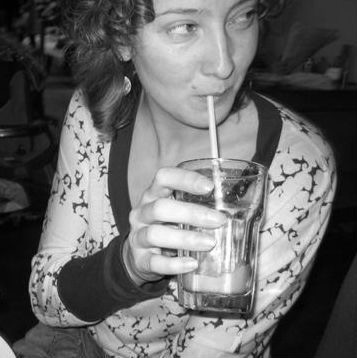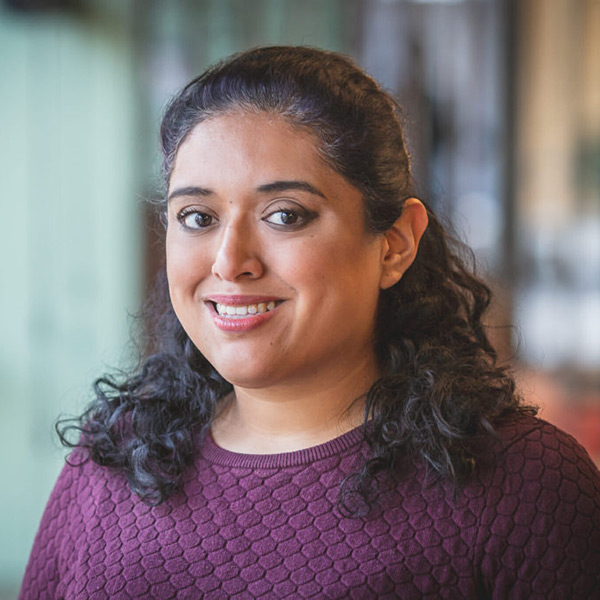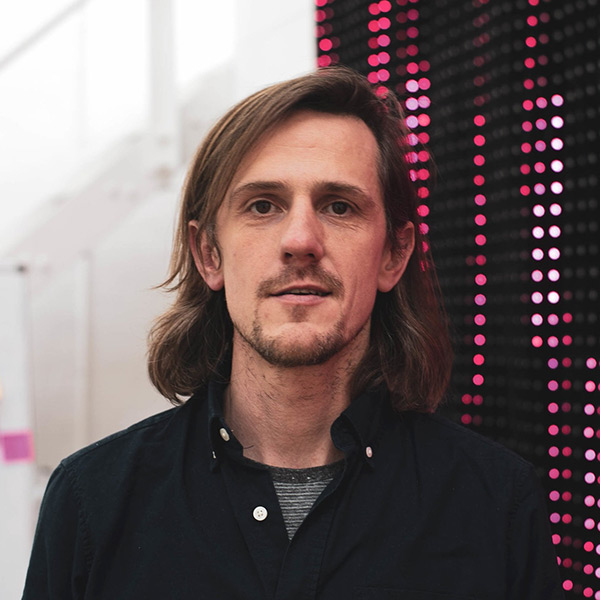Panel 8: Story Machines: Imagined Pasts, Alternate Realities and Speculative Futures
Chair: Lynda Clark
8.01 – Building a speculative history machine: AI generative storytelling in The Children of Talos Project
David Jackson and Alasdair Swenson (Manchester Metropolitan University)
You enter an art gallery and stare at a striking photo by a well-known 20th century artist. You read the curator’s note beside the work to understand the artist’s motivations and the context of the image. And yet all is not right. It seems that the image is from an alternative reality where thinking machines and humans have coexisted for centuries in a parallel version of history.
Children of Talos is a project by David Jackson and Alasdair Swenson, which puts storytelling at the heart of new AI-based virtual production research. It is a speculative historical fiction set in a virtual gallery and told through AI generated artworks and curatorial texts which expand and change the fabric of the story world through interactions with its audience.
At the heart of the story are questions of what mechanical intelligence could be, what it is and what it is not. Generative AI systems suffer from what Campolo and Crawford (2022) term enchanted determinism: the tendency to imagine that AI systems have ‘magical’ agency and therefore their makers have less responsibility for their creations. Text-to-image apps (such as Dall-E), scrape vast quantities of art and design history without prior consent (Edwards, 2022; Vincent, 2023) to produce startlingly impressive images based on text prompts. Through such brilliance, say Campolo and Crawford, we are often blinded to concentrations of power and ownership caused by AI. Children of Talos reimagines text-to-image and generative text applications as speculative history machines, which overtly manipulate the canon of Western artistic and literary tradition to author altered versions of history and its events. In this presentation, the makers provide a brief theoretical background to the project and creative challenges they have faced alongside future plans, before demonstrating the work itself and allowing members of the audience to interact with it.
8.02 – Seinfeld Ex Machina: How “Nothing, Forever” is a glimpse into AI fanfiction
Ana Falcon (Estonian Academy of Music and Theater)
In this paper, I explore the possibilities that fanfiction writers can find in AI intelligence based on the case of “Nothing Forever”, an AI-generated series based on the classic sitcom “Seinfeld”. Fanfiction comprises texts that feature characters from an existing TV show or written works. This creative expression has been explored by notable writers such as Neil Gaiman, E.L. James, and Cassandra Clare. Based on recent development and the increasing prevalence of AI writing tools, I argue that future fanfiction writers will be able use AI not only as a tool to fasten the process of writing but also as a virtual co-author like it happens with “Nothing Forever”.
8.03 – Digital Autobiography: A Virtual Place for Parts and Wholes
Rachel Genn (Manchester Metropolitan University)
Previously, I asked how we might best adapt narrative non-fiction text into an immersive mixed-media experience by creating a Polyphonic Personal,— arranging, overlapping and or enmeshing discrete personal perspectives (MixConference, 2021). We made a two-screen immersive piece (Battledress, 2022) using archive film, photography, audio and testimony to produce an abstracted, almost cubist rendering of the self with the intention of increasing the meaningfulness of experience for the audience.
When immersive experiences are neither narrative nor linear,— when what is experienced does not qualify as story, in what exactly dwells the uncanny recombinatory power of elements that make up a whole immersive experience?
Naveska, (2017) points out that ‘immersiveness in installations can be influenced by multiple factors such as video, sounds, interaction and, finally, the density of all combined stimuli.’ This density (or energy) of all combined stimuli, and how our brains might detect and use it, may be at the core of the immersive experience.
This conjoining of imagination with environment seems at the heart of immersion and feels similar to the act of poesis – ‘that which produces or leads (a thing) into being’ (Whitehead, 2003). Of text, writer Gerald Murnane notes, ‘one of the most satisfying results of reading good fiction: the places imagined by a writer merge sometimes into my own imagined places.’ Whether it is text or VR, what goes on between the immersee and the elements in the immersive environment that recruits the relevant parts of their imaginations?
For this talk, I will look more closely at this selection and recombination process in the light of some recent examples of ‘immersive autobiography,’ examining the generative friction between textual, visual and audio elements, especially how they might help to render the personal in immersive experience.




